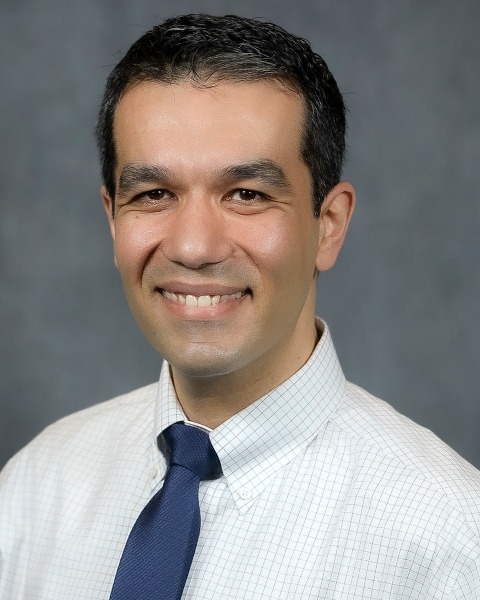MiniClinics I
Navigating Pulpal Crossroads: Choosing Wisely for Traumatic Pulpal Exposures
Friday, May 24, 2024
2:15 PM - 3:00 PM EST
Location: MTCC, South Building - Exhibit Hall F

Ehsan N. Azadani, DDS, MS
Assistant Professor and Attending
Ohio State University and Nationwide Children's Hospital, Columbus, OH
The Ohio State University and Nationwide Children's Hospital
Speaker(s)
Traumatic pulpal exposures in young permanent teeth with open apices pose unique challenges. The treatment goals are twofold: maintaining pulp vitality and promoting continued root formation. Traditionally, both direct pulp capping and partial or complete pulpotomy have been recommended for such injuries. Although direct pulp cap is easier to perform, new evidence suggests that partial pulpotomy is dramatically more successful. Dentists must carefully consider the treatment option with the highest success rate to ensure optimal long-term outcomes especially for immature teeth with open apices. A failure of pulpal management in an open apex tooth will result in a week root requiring difficult endodontic management.
In this session, the speaker will delve into the most recent guidelines and peer-reviewed evidence concerning crown fractures, with a specific focus on fractures associated with pulpal exposures. Clinical cases with long-term follow-ups—both successful and unsuccessful—will be presented. The ultimate goal is to summarize the current evidence and provide best recommended management options for pulpal exposures in teeth with closed versus open apices across various clinical scenarios.
In this session, the speaker will delve into the most recent guidelines and peer-reviewed evidence concerning crown fractures, with a specific focus on fractures associated with pulpal exposures. Clinical cases with long-term follow-ups—both successful and unsuccessful—will be presented. The ultimate goal is to summarize the current evidence and provide best recommended management options for pulpal exposures in teeth with closed versus open apices across various clinical scenarios.
Learning Objectives:
- Identify different types of traumatic crown fractures
- Discuss factors involved in the treatment planning and management of pulpal exposures
- Assess treatment options for traumatic pulpal exposures for teeth with open and closed apices

.jpg)